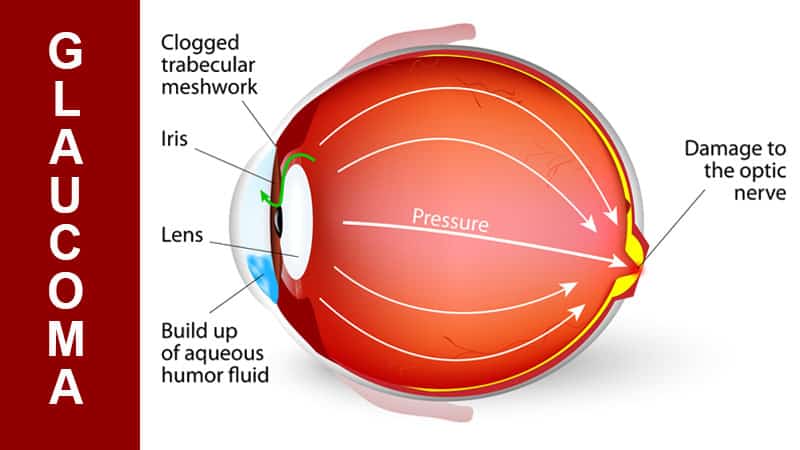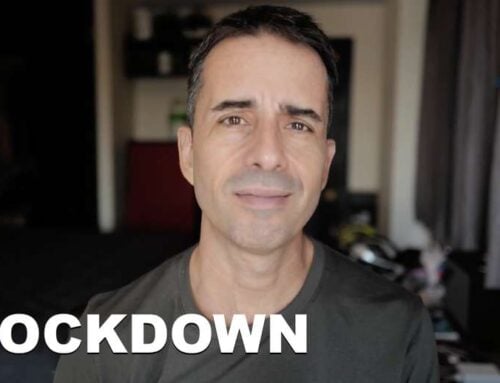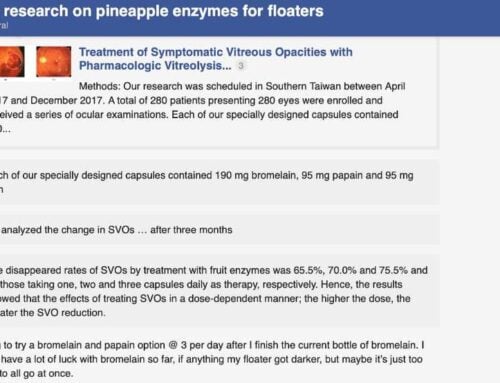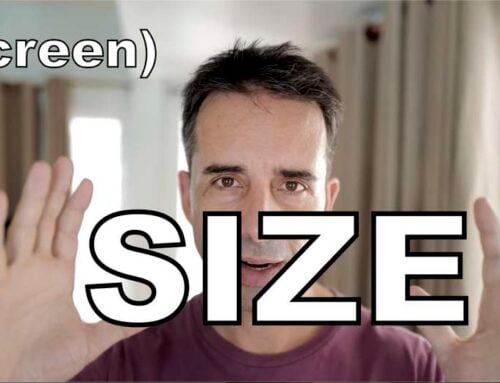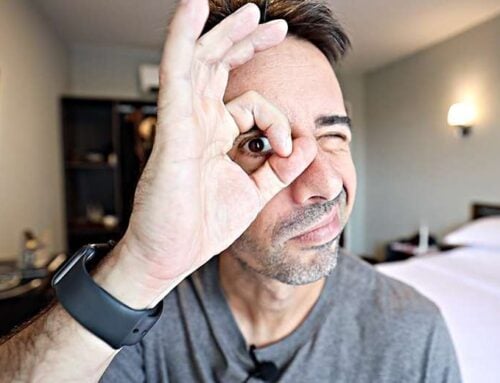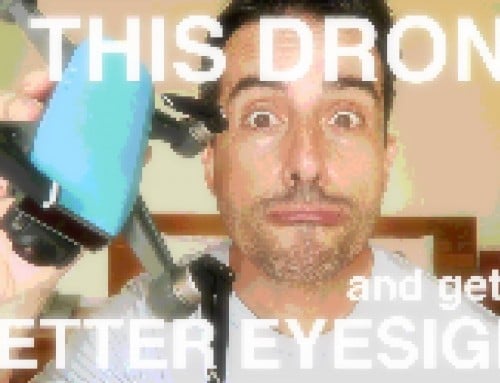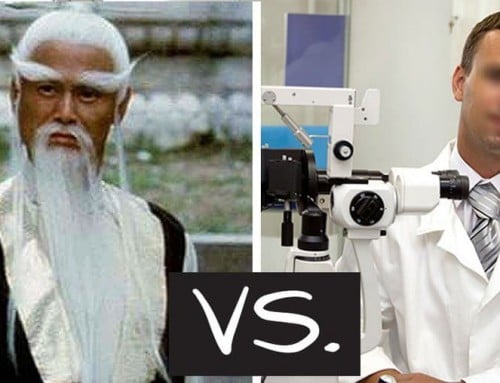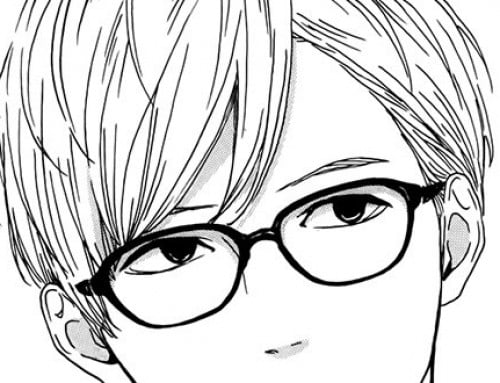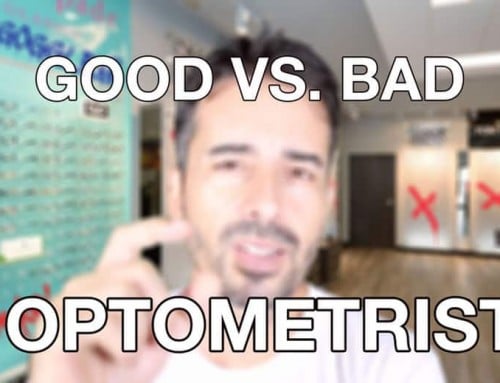Written By Despina
Contributing Optometrist
I promise this is the last time I talk about glaucoma (unless there’s some amazing discovery).
The important thing is to catch it in time, use the eye-drops and check it regularly. My glaucoma, I’m happy to report, is under control.
But before we forget about this topic completely, I need to tell you one more really important thing that you may not be aware of. In case you are thinking that normal eye pressures means you do not have glaucoma, this may not be the case. Because there is such a thing as ‘Normal Tension Glaucoma’, also known as ‘Low Tension Glaucoma’, on account of the fact it is by no means normal, This is what I have. My pressures were never high.
Confused? It is a type of glaucoma in which optic nerve damage and visual loss can occur despite a normal pressure inside the eye, ie. 10-21 mmHg. Although research is still continuing, the reason behind this condition could be one of two things:
- the optic nerve is more fragile and more susceptible to damage from even the normal amount of eye pressure.
- there may be reduced blood flow to the optic nerve due to some disorder of the blood vessels.
An MRI scan may be recommended.
That’s all I’m going to say on the sciencey bits for fear of irritating Jakey.
So how do you know you have it? Normal Tension Glaucoma can only be picked up by examining the optic nerve for signs of damage, and by having a visual field test as visual fields will be affected in more advanced cases. Another sign that something may be wrong is if there a significant difference in the pressures of the two eyes, even though both are within normal limits, eg. 15 and 18mmHg. A difference of 3mmHg or more is suspicious.
Yes, it’s a bit scary that, due to its silent nature, Normal Tension Glaucoma may go unnoticed until a significant amount of damage and vision loss has already occurred. But thankfully it’s a rare condition, and something your friendly or otherwise optometrist/ophthalmologist will pick up at your routine visits. As with all types of glaucoma, drops are required and should ideally lower the pressures by about 30%.

